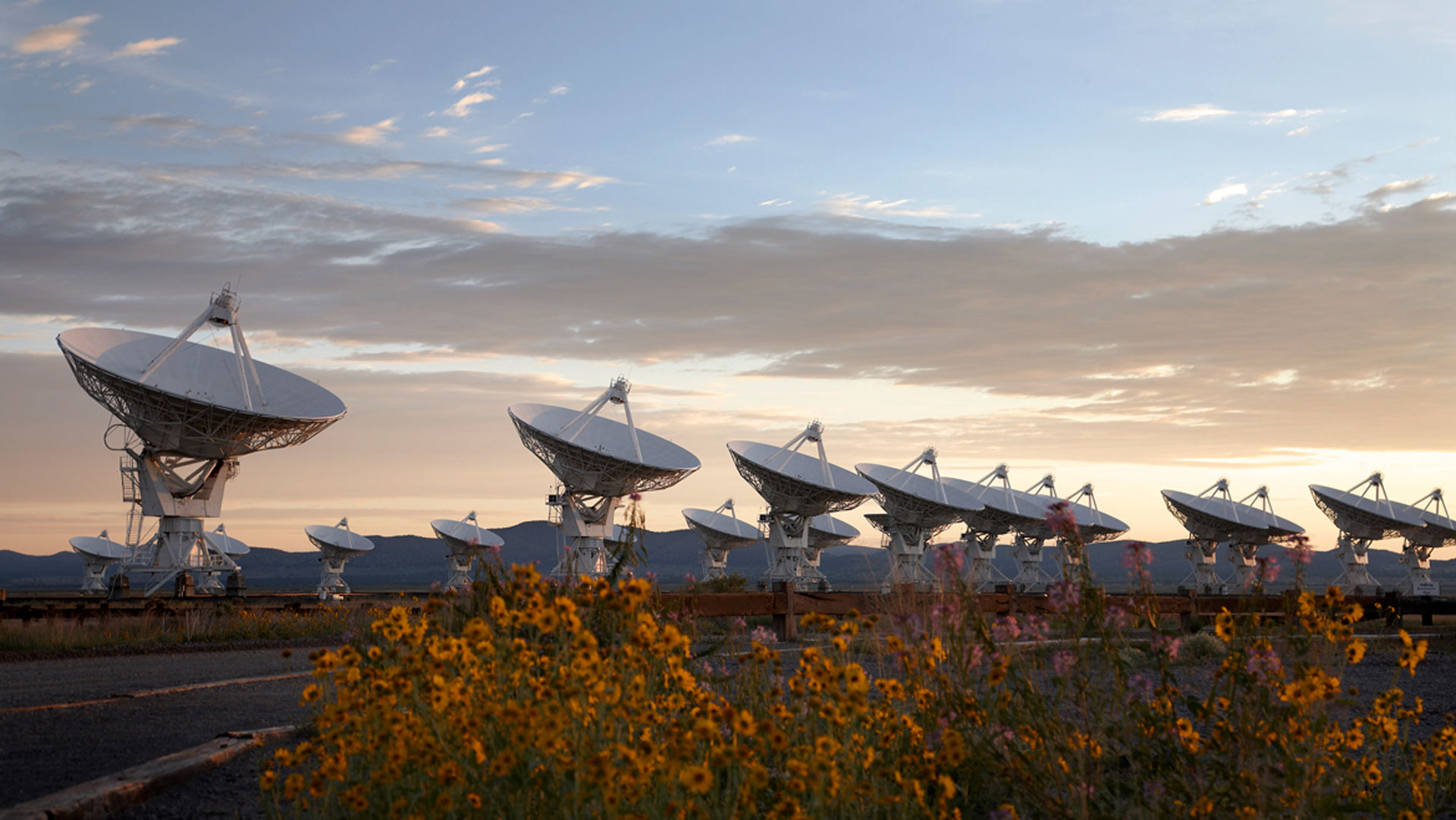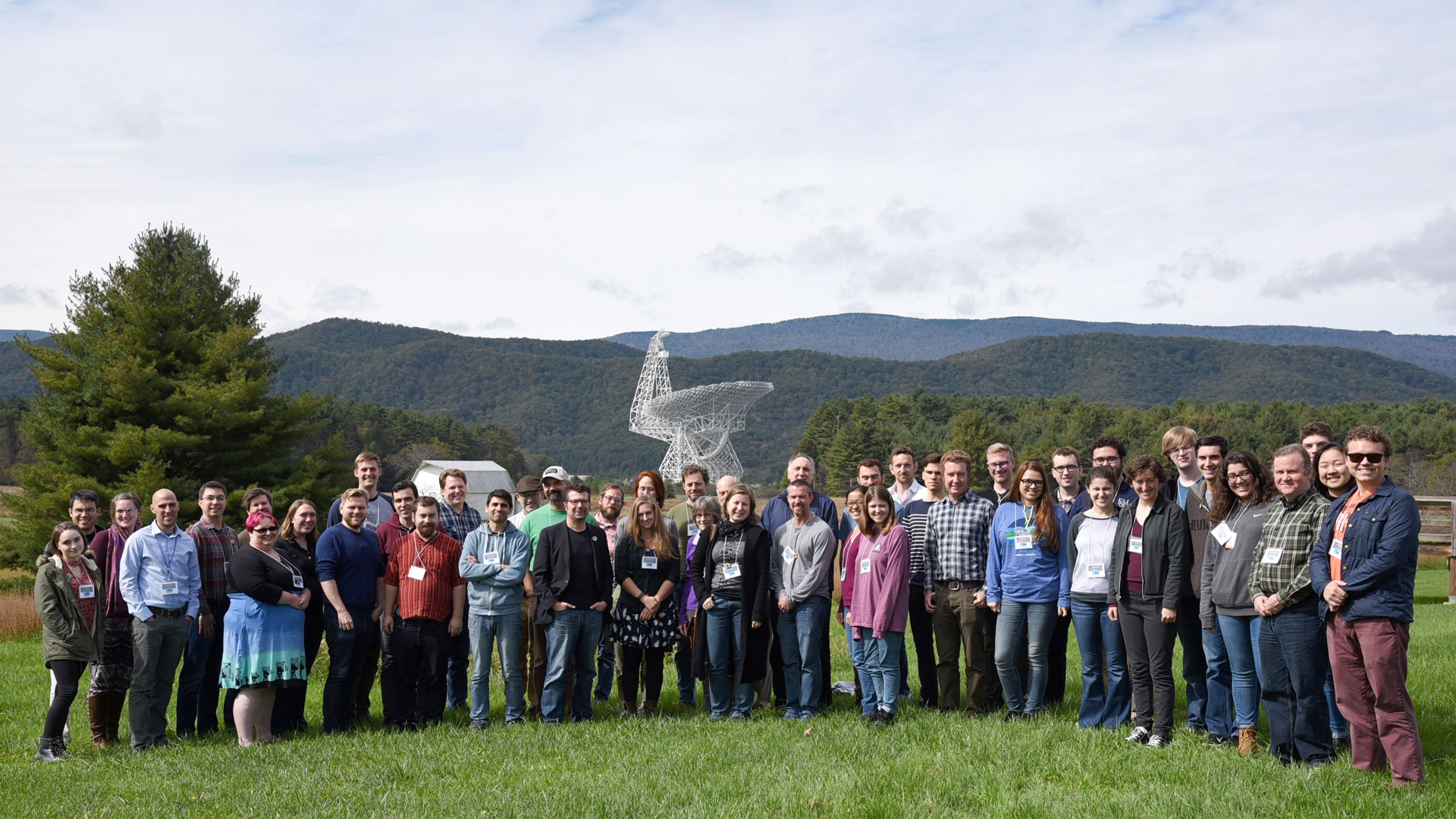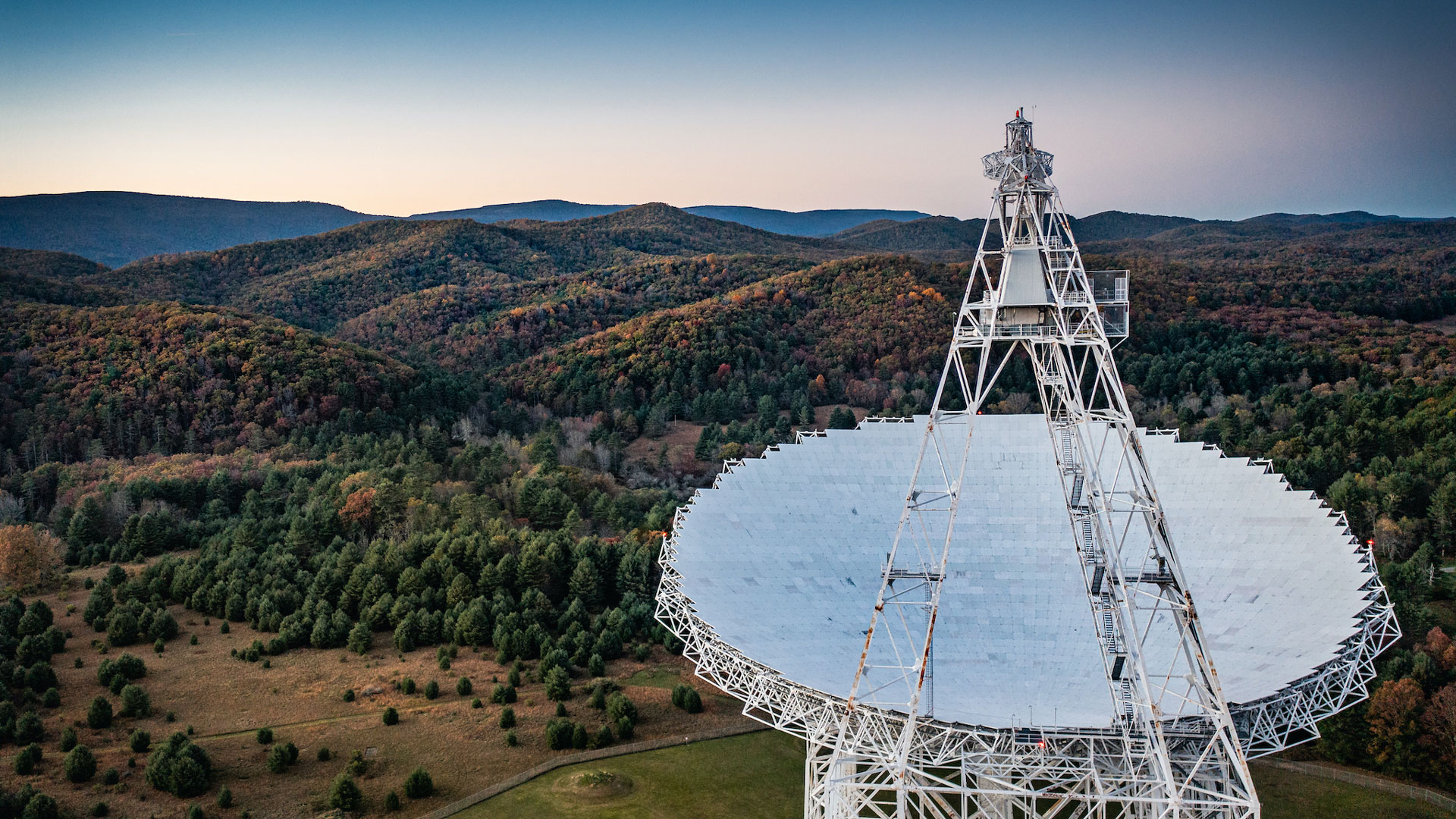By: Liz Do
29 Jun, 2023

Astrophysicists have found first evidence for gravitational waves that oscillate for periods of years to decades. This new evidence of low-frequency gravitational waves expands the world’s understanding of the Universe, and better characterizes the signal and search of new types of sources from the cosmos.
The work also further unlocks the mysteries of the Universe — producing unique insights that can enable astrophysical experiments in stellar evolution and particle physics.
This announcement is 15 years in the making, in collaboration with researchers across the U.S. and Canada — including key members from CIFAR’s Gravity & the Extreme Universe program, Scott Ransom, Ingrid Stairs and Sarah Burke-Spolaor, a CIFAR Azrieli Global Scholar.

“It’s a little mind-boggling that we can look at objects in our galaxy this way and learn something about what was happening in the Universe in much earlier times,” said Stairs. “And it’s wonderful to see something that we knew should be possible, and which has literally taken over a decade of sustained effort, finally bear fruit.”
Both Ransom and Stairs are among the founding members of the North American Nanohertz Observatory for Gravitational Waves (NANOGrav), an international collection of faculty, researchers and students from institutions across the globe. Victoria Kaspi, co-director of CIFAR’s Gravity & the Extreme Universe, was also an early member of NANOGrav.
NANOGrav is one of four organizations to announce its findings on gravitational wave astronomy this week, with NANOGrav releasing eight papers on the subject.
The group’s recent dataset demonstrates growing evidence that gravitational waves arise from orbiting pairs of the most massive black holes in the entire Universe. These black holes are billions of times more massive than the Sun.
“We are opening up a new window on the Universe,” said Ransom. “These measurements will allow us to probe how the most massive galaxies across the Universe merge and grow, and how the supermassive black holes in their centres do the same.”

The study of low-frequency gravitational waves is painstaking work, requiring sub-microsecond precision modelling of pulsars, observed from many directions in our Galaxy.
It also requires powerful telescopes. Among the telescopes used for ongoing observations for this project is Canada’s CHIME telescope. Launched in 2017, CHIME is a unique radio-telescope with powerful and unprecedented abilities. Key members of CHIME include CIFAR members Kaspi, Richard Bond, Matt Dobbs, Mark Halpern, Gary Hinshaw, Ue-Li Pen, Ransom, Stairs, as well as Keith Vanderlinde, a CIFAR Azrieli Global Scholar alumnus.
Researchers hope that future studies will bring new insights on the gravitational-wave universe, providing insight into supermassive black holes merging in the hearts of distant galaxies, among other unknown sources.
“Longer-term observations will let us explore how the amount of gravitational waves that we see changes with frequency, and that will tell us more about the actual sources of the waves,” said Stairs.
In the meantime, Stairs, Ransom, and Burke-Spolaor are excited to finally release their group’s 15 years of data — and though Stairs and Ransom have worked in astronomy for decades, they are still in awe of the rate of advancements in their field.
“Even though I work on this every day, I’m still amazed at how much it sounds like science fiction,” said Ransom. “We are using a galaxy-sized detector made of rapidly spinning pulsars to measure years-long gravitational waves likely from supermassive black-hole binaries from across the Universe. That’s awesome.”
Banner image: Flowers accompanying the Very Large Array on the Plains of San Agustin, NM. Credit: NRAO/AUI/NSF